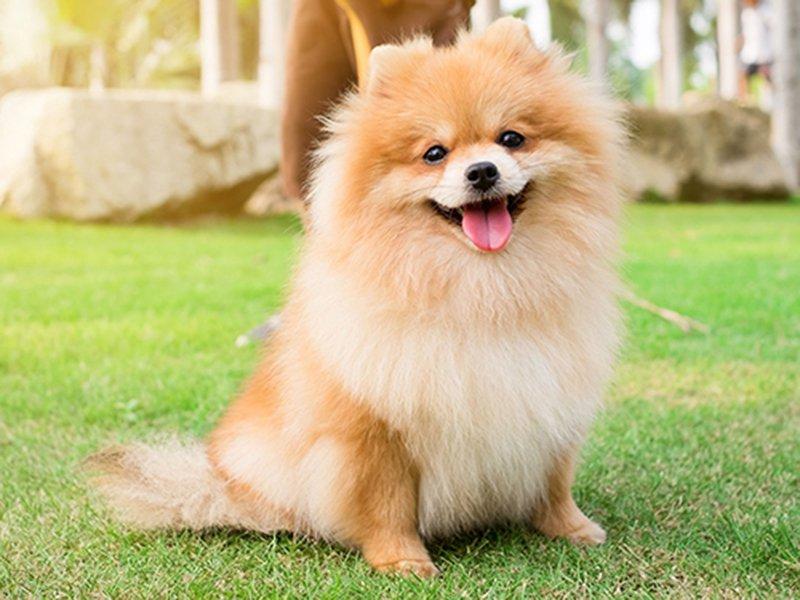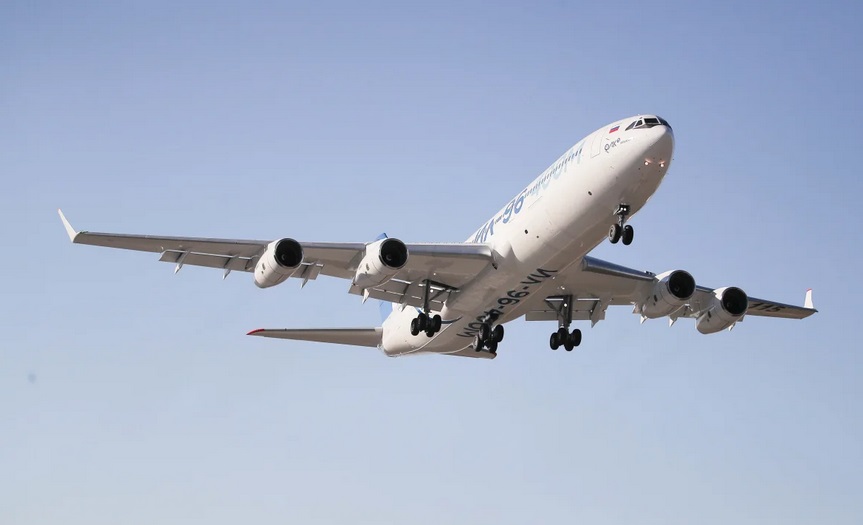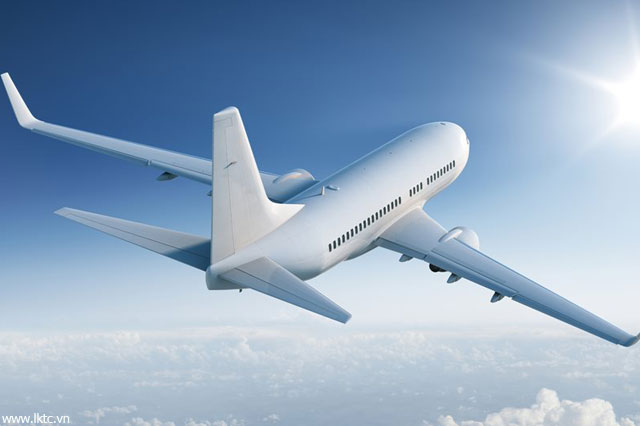Transporting pets internationally can be a daunting process, especially when considering long distances and different regulations. If you are planning to relocate or travel from Vietnam to San Antonio, Texas, with your beloved furry companion, there are several important steps and considerations to ensure a smooth and safe journey for your pet. This guide provides detailed information on how to successfully transport your pet from Vietnam to San Antonio, USA.
Table of Contents
Toggle1. Researching Pet Import Regulations in the USA

Before you start planning the logistics of pet transport, the first step is to understand the pet import regulations imposed by the United States. The U.S. Department of Agriculture (USDA) and the Centers for Disease Control and Prevention (CDC) have strict guidelines for importing animals to prevent the spread of diseases.
For pets coming from Vietnam, the following key regulations apply:
- Rabies Vaccination: All dogs, cats, and ferrets entering the USA must have proof of rabies vaccination. The vaccination must be administered at least 21 days before entry.
- Microchip Identification: A microchip that complies with ISO 11784/11785 standards is required for identification purposes. It’s essential that the microchip is scanned to ensure it matches the pet’s records.
- Health Certificate: You must obtain a health certificate issued by a licensed veterinarian in Vietnam. This certificate should confirm that your pet is free from any contagious diseases and fit for travel.
- Tapeworm Treatment: For certain breeds of dogs, the CDC may require a tapeworm treatment before entry.
It is important to consult the USDA or a professional pet relocation agency to confirm the most up-to-date requirements for your pet’s travel.
2. Choosing a Pet Transport Company

Given the complexities of international pet transportation, it is highly recommended to use a professional pet relocation service. A reputable company can guide you through all the steps, from paperwork and vaccinations to booking flights and managing quarantine requirements.
Several key factors to consider when choosing a pet transport company include:
- Experience and Reputation: Ensure the company has experience in international pet transport, particularly from Vietnam to the USA. Look for reviews and testimonials from other pet owners.
- Services Offered: Some pet relocation companies offer full-service packages, including picking up your pet at your home, handling all documentation, and arranging for quarantine if necessary.
- Airline Partnerships: Not all airlines are pet-friendly. A specialized pet transport company will know which airlines have the best facilities for pets, ensuring a safe and comfortable journey.
- Insurance: Verify that the company offers insurance coverage for your pet during transport. This will provide peace of mind in case of unexpected events.
3. Preparing Your Pet for the Journey

Preparation is key to ensuring your pet’s comfort and safety during the flight. Here are the steps you should take to prepare:
A. Vaccinations and Veterinary Check-up
As mentioned earlier, a valid rabies vaccination certificate is a must. In addition to rabies, you should ensure your pet is up-to-date on other vaccinations required by the USA, such as distemper, hepatitis, and parvovirus (for dogs). A general health check-up by a licensed vet is also necessary to ensure your pet is fit for travel.
B. Pet Carrier
Your pet will need to travel in an airline-approved carrier. For international flights, the carrier must meet specific size, ventilation, and security requirements. It should be large enough for your pet to stand up, turn around, and lie down comfortably.
Make sure to:
- Label the carrier with your pet’s name, your contact details, and San Antonio’s destination address.
- Include familiar items like a favorite blanket or toy to comfort your pet during the flight.
C. Feeding and Hydration
It’s a good idea to avoid feeding your pet a heavy meal right before the flight to prevent motion sickness. On the other hand, make sure they are well-hydrated. Many airlines provide water bowls that attach to the carrier for the pet’s convenience.
D. Comfort and Familiarity
Travel can be stressful for pets, especially if they are not used to it. Try to familiarize your pet with their travel carrier in the days leading up to the flight. Take them on short trips in the carrier to help them adjust to the confined space.
4. Booking the Flight

When it comes to booking the flight, it’s important to plan ahead. There are two main ways pets are transported:
- In-Cabin: This option is usually available for smaller pets (usually under 15-20 lbs), and they travel with you in the cabin. This is the most comfortable option for pets, as they are with their owners throughout the journey.
- Cargo: Larger pets are typically transported as cargo in the airplane’s hold. This area is pressurized and climate-controlled, ensuring your pet’s safety. The cargo hold is a standard procedure for international pet travel.
Check with your pet transport company or the airline for specific rules, including pet weight limits and carrier requirements.
5. Arrival in San Antonio, USA
Once you and your pet arrive at San Antonio International Airport, the process isn’t over. Depending on your pet’s travel status, there may be a few more steps to complete:
A. Customs and Inspection
Upon arrival, your pet will be inspected by U.S. Customs and Border Protection (CBP) officers to ensure all documents and vaccinations are in order. If everything is in compliance, your pet will be cleared to enter the country.
B. Quarantine (if required)
In some cases, especially if there is an issue with the health certificate or vaccination status, pets may be required to undergo a short quarantine period. However, as long as your pet’s paperwork is complete and all requirements are met, this is generally not an issue.
C. Pick-up and Delivery
Your pet will either be delivered to you directly at the airport, or you may need to pick them up at the pet cargo area. Many pet transport companies offer delivery services to your home in San Antonio, ensuring a smooth transition for both you and your pet.
6. Post-Arrival Care
Once you’ve reunited with your pet in San Antonio, it’s important to keep an eye on their health during the adjustment period. Pets may experience stress after a long flight, so monitor them for any signs of discomfort or illness.
Visit a local veterinarian in San Antonio for a post-arrival check-up, especially if your pet traveled under stressful conditions. Your vet can provide advice on how to help your pet acclimate to their new environment.
Conclusion
Transporting your pet from Vietnam to San Antonio requires careful planning, attention to detail, and compliance with regulations. By following the guidelines outlined above and working with a professional pet relocation service, you can ensure that your pet’s journey is as comfortable and stress-free as possible. With proper preparation and support, your furry friend will soon be settling into their new home in San Antonio, ready for new adventures!
More posts you might be interested in:














